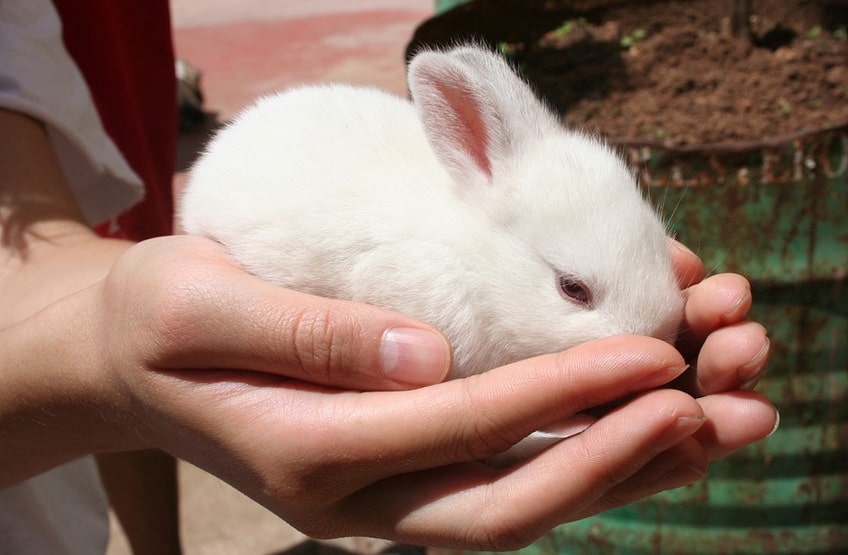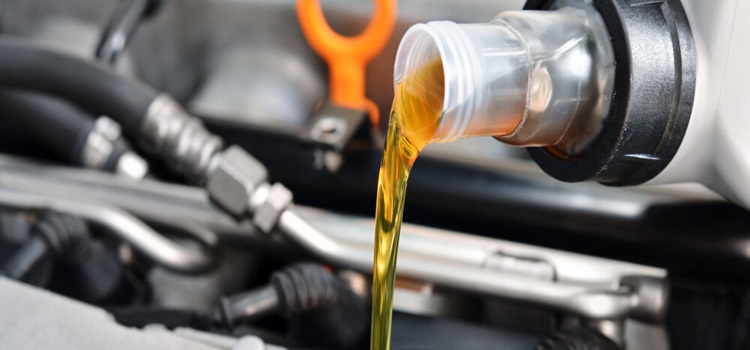The Ultimate Guide to Keeping a Rabbit Indoors

Introduction
Rabbits make delightful indoor pets due to their playful personalities, gentle nature, and relatively low maintenance requirements. Keeping a rabbit indoors offers numerous benefits, including increased interaction with family members, protection from outdoor predators, and greater control over their living environment. This comprehensive guide covers everything you need to know about indoor rabbit housing, from setting up the perfect enclosure to ensuring your rabbit’s health and happiness.
Choosing the Right Enclosure
Selecting the appropriate enclosure is crucial for your rabbit’s comfort and well-being. Rabbits need ample space to move, stretch, and exercise. A minimum area of 8-12 square feet is recommended for a single rabbit, with additional space for exercise outside of their primary enclosure. There are several types of enclosures to consider:
- Cages and Pens: Wire cages with solid floors are a popular option but should be spacious enough to allow movement. Exercise pens (x-pens) offer more flexibility and can be configured to fit various spaces. They are particularly useful for creating larger play areas. (For further reading)
- DIY Setups: Custom enclosures made from grids or repurposed furniture can provide a tailored environment that meets the specific needs of your rabbit and living space. These setups can be modified and expanded over time to accommodate your rabbit’s growth and changing needs.

Flooring and Bedding
Solid flooring is essential to prevent sore hocks, a common issue with wire-bottom cages. Suitable flooring materials include:
- Carpet: Soft but should be monitored for chewing.
- Linoleum or Vinyl: Easy to clean and provides a solid surface.
- Wood: Natural and safe, though it can absorb urine and require sealing.
For bedding, use materials such as aspen shavings, paper-based bedding, or hay. Avoid cedar and pine shavings due to their harmful aromatic oils. Ensure the bedding is changed regularly to maintain cleanliness and reduce odors.
Environmental Enrichment
Rabbits are intelligent and curious animals that thrive on mental and physical stimulation. Enrichment is crucial for preventing boredom and promoting natural behaviors. Include the following in their environment:
- Toys: Provide a variety of chew toys, tunnels, and puzzle feeders. Rotate toys regularly to keep your rabbit engaged and prevent boredom.
- Hideouts: Boxes or commercially available hiding spots offer security and a sense of territory.
- Climbing Structures: Platforms and ramps encourage exploration and exercise.
Additionally, incorporating natural elements such as untreated wood branches, pine cones, and cardboard can provide additional stimulation and satisfy their chewing instincts.
Safety Considerations
Creating a safe environment for your rabbit involves addressing several potential hazards:
- Chewing Hazards: Rabbits have a natural tendency to chew, making it crucial to rabbit-proof the living area. Cover electrical cords with protective tubing and ensure that toxic plants and household items are out of reach.
- Temperature Control: Rabbits are sensitive to extreme temperatures. Maintain an indoor temperature between 60-70°F (15-21°C) and avoid placing the enclosure in direct sunlight or drafty areas.
- Supervision: Regularly monitor the rabbit’s environment for potential hazards and make adjustments as needed. Use baby gates or barriers to block off unsafe areas.
Hygiene and Maintenance
Maintaining a clean environment is essential for your rabbit’s health:
- Litter Training: Rabbits can be litter trained, which simplifies cleaning. Use paper-based or pelleted litter and clean the litter box daily.
- Cleaning Schedule: Perform weekly deep cleanings of the enclosure, including washing bedding, cleaning floors, and disinfecting surfaces. Remove uneaten fresh food daily to prevent spoilage.
- Odor Control: Use baking soda or activated charcoal in litter boxes to absorb odors. Place air purifiers with HEPA filters in the rabbit’s room to improve air quality.
Social Interaction
Rabbits are social animals that require companionship:
- Human Interaction: Spend ample time interacting with your rabbit daily to fulfill its social needs. Regular handling and playtime help strengthen the bond between you and your pet.
- Companion Rabbit: Consider adopting a bonded pair to meet their social needs, ensuring proper introductions and compatibility assessments.
Health Monitoring and Veterinary Care
Regular health monitoring and access to veterinary care are essential components of indoor rabbit housing:
- Health Monitoring: Keep a close eye on your rabbit’s behavior, appetite, and litter box habits, as changes can indicate health issues. Regularly check their ears, teeth, and eyes for signs of infection or abnormalities.
- Veterinary Care: Schedule regular check-ups with a rabbit-savvy veterinarian to ensure your pet is in good health and to receive necessary vaccinations and treatments.
Grooming and Health Maintenance
Regular grooming is vital for your rabbit’s health and comfort:
- Brushing: Brush your rabbit frequently to remove loose fur and prevent matting, especially during shedding seasons.
- Nail Trimming: Check and trim their nails regularly to avoid overgrowth and discomfort.
- Health Inspections: Inspect their ears, teeth, and eyes for signs of infection or abnormalities, and clean as needed.
Conclusion
Keeping a rabbit indoors can be a rewarding experience, providing companionship and joy for both you and your pet. By carefully considering enclosure setup, safety, enrichment, and health care, you can create a comfortable and stimulating environment that meets all your rabbit’s needs. A well-thought-out living space not only enhances your rabbit’s quality of life but also fosters a stronger bond between you and your furry friend.
Source: Bunny Vault











